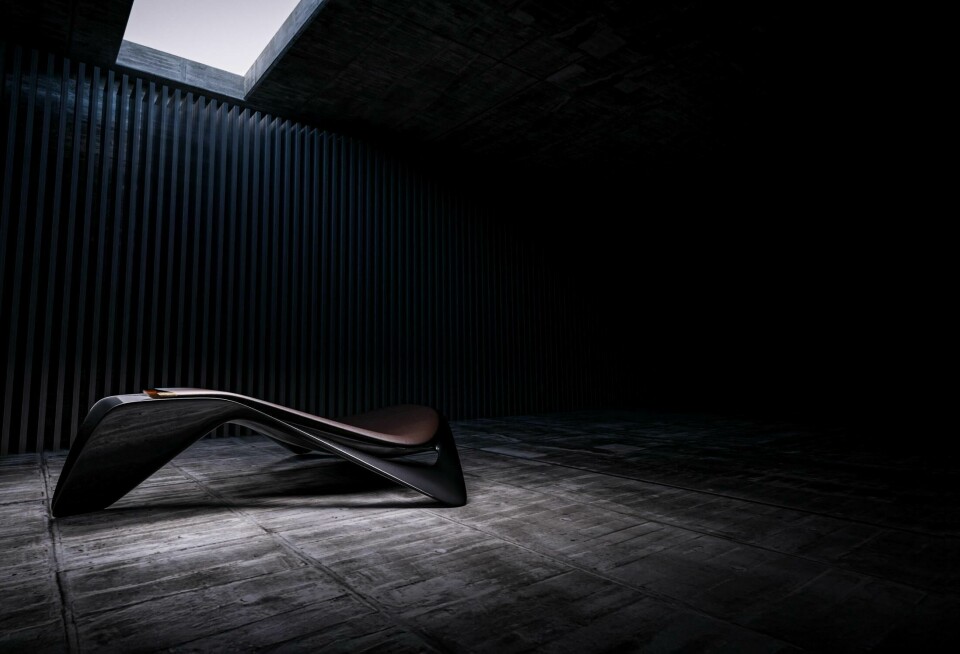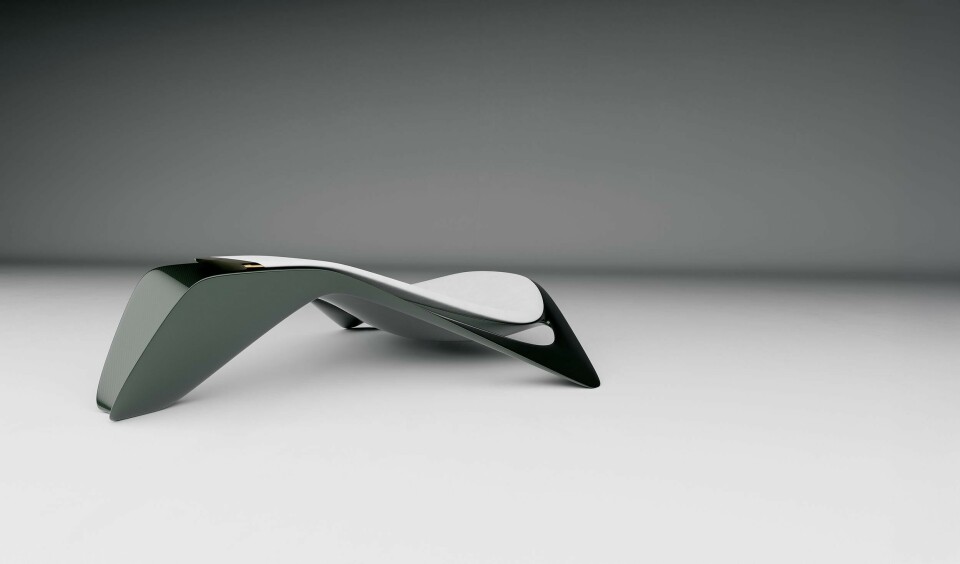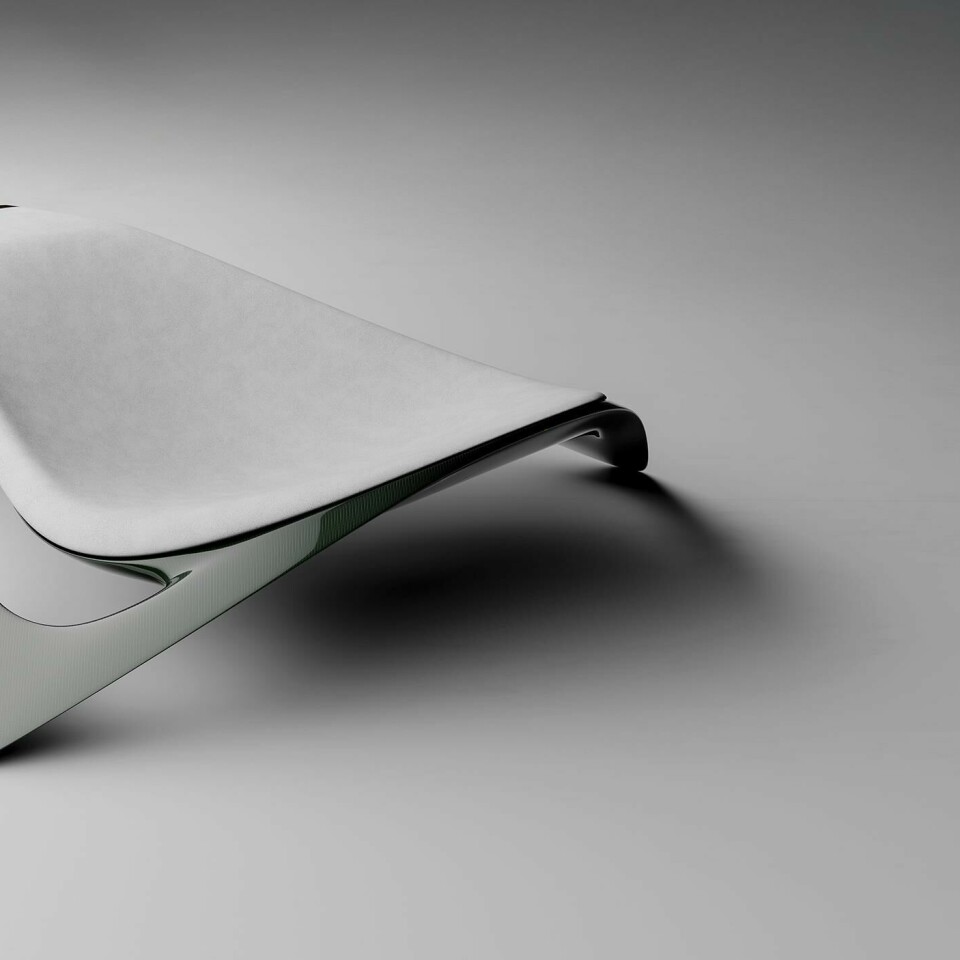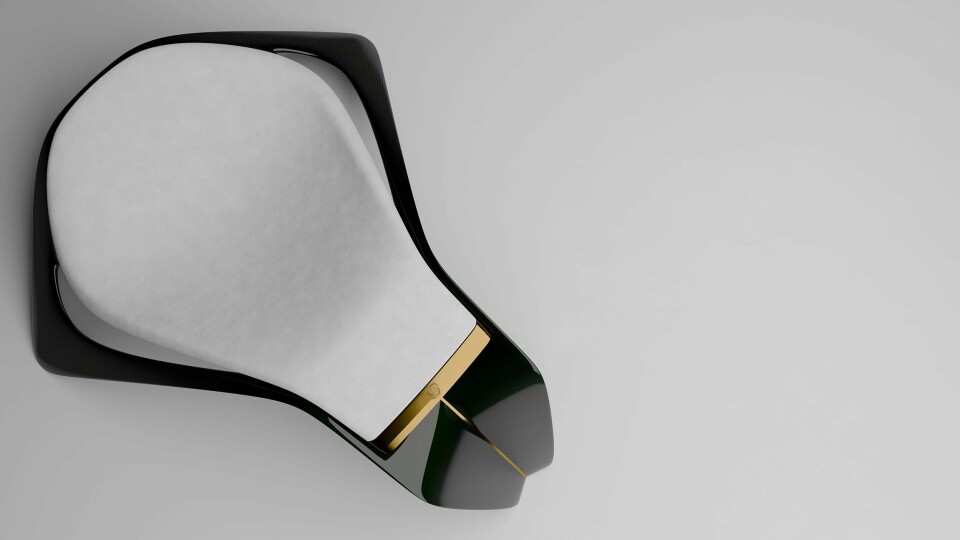
McLaren designers put supercar skills to use with new solo venture
It is not every day that someone steps away from their childhood dream with supercars, but that is exactly what two McLaren designers have done. A combination of Irish Gaelic and Portuguese, Ennua aims to be the new benchmark for statement furniture – and more
Design could be described as the intersection between art and function. Adding an element of mystique, intrigue or plain objective beauty to everyday objects. It is why car designers are often found dabbling in fashion, architecture, jewellery or bespoke furniture, but the news that two senior McLaren recruits have stepped away from the automotive world entirely does feel quite unexpected.
Joao Dias and Patrick Carton, who worked most recently on the McLaren W1, have formed Ennua, a luxury goods brand that draws heavily on supercar exteriors and high-tech materials for inspiration. Both left after about eight years with the company, Dias most recently serving as head of exterior design and Carton as acting principle designer.
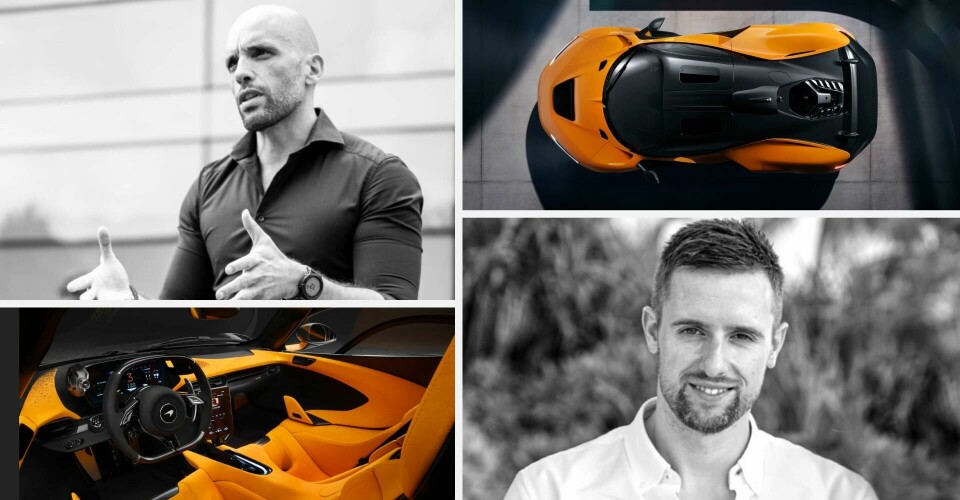
Ennua’s first product, a chair, combines beautifully finished carbon fibre with dark tobacco leather and gold accents. At first glance it is not immediately clear what this thing is, exactly, but that was intentional.
“We’ve worked at McLaren for so long and wanted to bring that same kind of approach to something that, in general, is just quite logical and mundane everywhere else. A chair is just a chair – there is never really any magic to it,” explains Dias. “With a supercar, you have that combination of theatre but also functionality, and we wanted to implement that way of thinking. We want products that compel you to approach them and engage with them, not just sit there.”
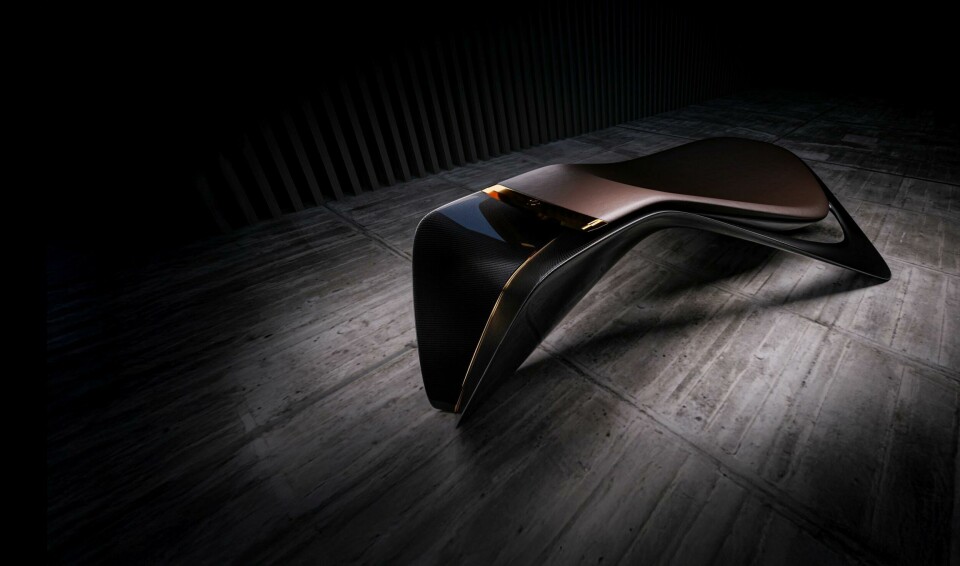
It is certainly easy on the eye and from certain angles the automotive influence becomes clear: sleek forms, clean surfacing and massing that would arguably lend itself to a set of performance wheels. Is this the first chair with a roofline and overhangs?
We wanted to blend the technicality of modern materials with old school craftsmanship
Carton highlights the use of carbon fibre, which in this case is a balance of functionality and aesthetics. “As supercar designers, we’ve worked a lot of with carbon fibre which is generally about performance, but also offers strength and elegance,” he explains. “Most of its uses today are too functional, too technical, so with our chair we wanted to blend the technicality of modern materials with old school craftsmanship.”

It was not an easy decision to leave McLaren, but Dias and Carton both felt they had achieved exactly what they wanted in car design, at least for now. Probe a little further, and the sentiment is that the field is perhaps on a bit of a downtrend at the moment, awash with homogeneity and lacking in creativity. The main reason though is that it was simply time for something new.
The project has been in the works, at least in their respective consciouses, for some time. The pair have become good friends during their time at McLaren and are clearly on the same page when it comes to their approach to design and ideology for Ennua. (But of course, otherwise they would not have gone into business together!) Beyond automotive, Dias has a keen interest in fashion and recalls working on student project that called to reimagine a sofa for Alexander McQueen. A scale model of an F-15 fighter jet is within arm’s reach as we chat. For Carton, part of his interest is in the world of cycling and he sits inches away from a sculptural road bike during our call.
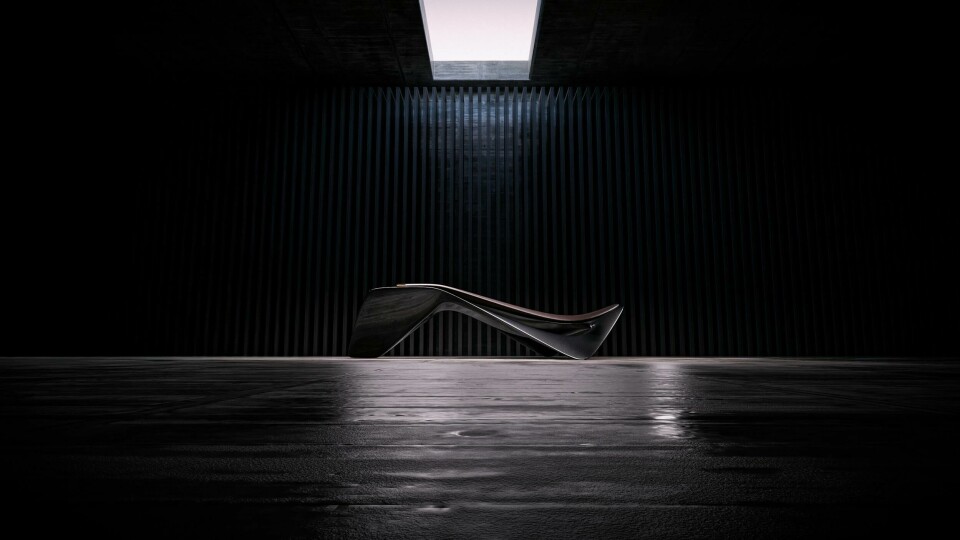
As for Ennua, the name itself is a combination of the Latin word for progress – ‘eniteo’ – and ‘nua’ which in Irish means “new” and in Portuguese means “naked.”
“We wanted it to be authentic and actually mean something to both of us,” explains Carton. “The first part of the word means to shine forth, to excel. To do something new and better than has been done before. The second part of the word is perfect as it combines both our heritages and describes exactly what we want to do: to strip a product down to the bare materials and be pure and honest.”
It’s a story of two car designers with 20 years’ combined experience who decided to do something without any wheels
Much if not all of the skills the pair have leaerned during their time with cars are proving interchangable. Pencil still meets paper and digital models are incrementally refined. “Although the final execution is very different, we are using all of the same skills and steps,” says Dias, “from sketching to Alias models and perceived quality, all of it.”
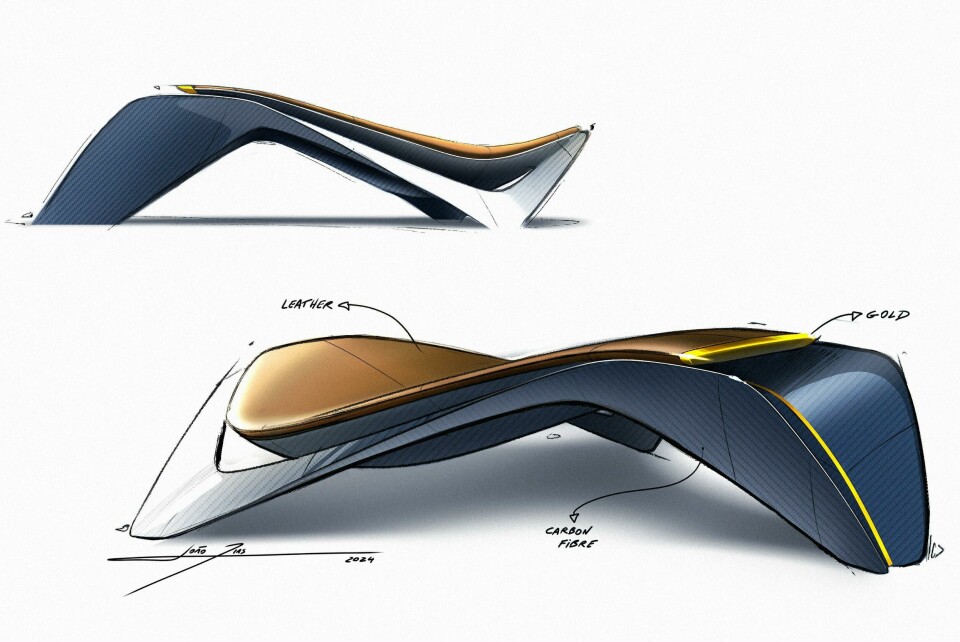
We cannot help but circle back to a lingering question: why leave McLaren and the world of car design at a point where – on face value – things could not be better? The W1 has been well received, and both count an enviable back catalogue of projects: the Speedtail, Elva, Artura Spider, the list goes on. Why not join another brand if all boxes had been ticked at McLaren?
While both hold great fondness for their time there and working with the wider teams, the prospect of hopping to a different carmaker simply did not hold any allure. Dias is a little firmer in his description of the thought-process. “The W1 brought to light the fact that I was not going to learn much after that project, because it was just so extreme. I thought to myself, what is going to excite me now… Am I going to be working on hatchbacks or SUVs next?” Dias recalls wondering. “I see myself as a creative in general, and I had the idea of building a brand, which felt super exciting. If not more so than building a supercar.”
“It’s about personal and professional growth,” Carton agrees. “I felt that at McLaren, even though I could grow from a managerial point of view, that’s not quite what I was looking for creatively.”
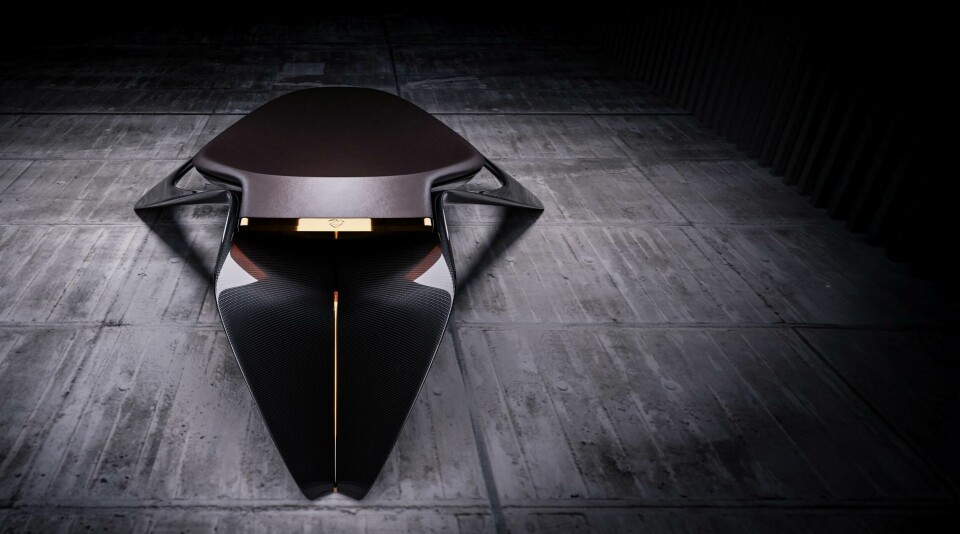
For now, Ennua will focus on “living spaces” but there is a reason why the brand name is a little cryptic. There is no intention to focus on one particular product line, instead looking to expand into new areas gradually. “Many people call this furniture, but we don’t see it that way,” explains Dias. “We don’t want to be locked in to one single market and the concept of our brand can be applied to many different objects or experiences.” They have not ruled out designing an Ennua car in future either, but that is by no means any time soon.
Ennua does not sit in a particularly crowded space, but there are other cases of car designers going solo to explore other projects beyond automotive exclusively. Callum is perhaps the most obvious, working on the Eames chair for example, while Andrea Mocellin’s Mobility & Shape aims to reinvent products with beautiful forms à la Newsom and Lovegrove. Neither are like-for-like comparisons with Ennua, but worthy mentions in this context.
As for the broader luxury goods and homeware market, it is of course about as saturated as it gets. Whatever the price point, style or function, someone will have the product you’re looking for. Ennua will have to champion its unique heritage and use of innovative materials to stand out. This does not seem to phase either of the designers, who will draw on one of their other core skills as designers: storytelling.
“We haven’t seen [what we’re making] before, and we’ve been in the industry for a long time,” says Dias. “All our suppliers come from automotive – composites, leathers, precious metals – and that’s part of the magic. It’s a story of two car designers with 20 years’ combined experience who decided to do something without any wheels.”
There is a quiet confidence about the pair which suggests they are holding back slightly, with more exciting stuff in the works. We will have to wait and see.
